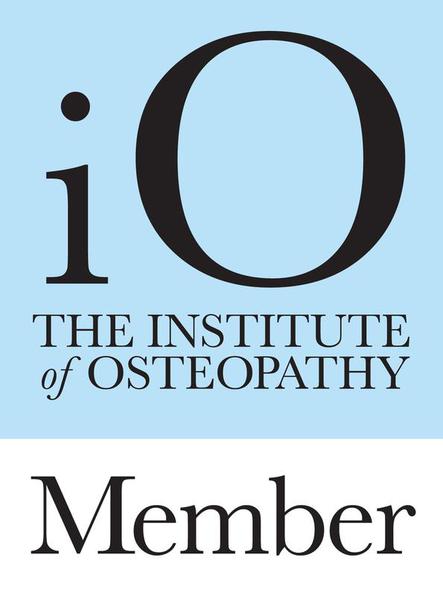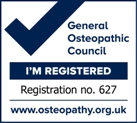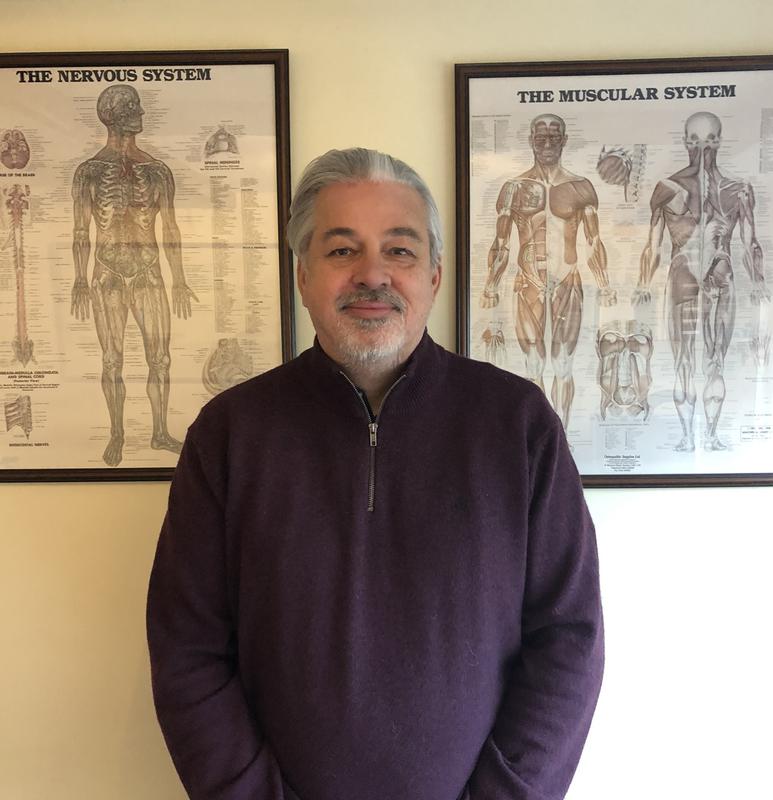Hairdressing Hazards
by rohan iswariah on 01/09/17
The Hazards Of Hairdressing
Many occupations involve some degree of manual work which will often include lifting. Those people that are traditionally engaged in jobs like building and plumbing are thought to be at particular risk of injury. This is true but not everyone would consider hairdressing a risk occupation; however studies have shown that 70+% of hairdressers suffer from work related injuries. These affect all parts of the body, mainly in the low back, neck and shoulder areas.
We shouldn`t really be surprised, as standing on the feet using the arms repetitively whilst performing intricate tasks for long periods of time, causes various strains on the body, which can lead to injury.
These strains are often mechanical in nature but stress can also be a factor. Some of the knock-on effects relate to inefficient blood supply and waste clearance in the muscles which are supporting the body and arms.
The feet, veins, knees and back are vulnerable to prolonged standing on hard floors. Bending to shampoo hair can also contribute to aches, pains and restrictions affecting the body. There are also natural stresses related to clients who share their own problems with a hairdresser for example.
Typical Conditions
Here are some commonly diagnosed conditions (labels) attributed to hairdressing:
- Repetitive Strain Injury (RSI)
- Locked or restricted joints in the neck or spine
- “Trapped nerves”
- Postural Related Fatigue
- Tension Headaches
- Carpal Tunnel Syndrome
- Muscle / joint tightening and strain
- Varicose veins
- Tennis/Golfers` elbow
- Tendinitis
- Stress Related Effects
- Migraines and Headaches
- Cramps
So How Can I Help Myself?
Here are some measures that can help
1. Leave plenty of time for travel where possible so that you start the day in a relaxed state
Cushioning with a rubber mat or similar to help reduce compressional stresses
Evenly distribute weight during breaks by sitting on a properly designed chair eg. a saddle stool This can also reduce the stress on the legs
Help the circulation by moving to adjust your position whilst standing
Keeping your centre of gravity near the midline helps to balance the weight distributions through the spine and legs
Appropriate, supportive non-slip footwear is advisable. Avoiding heels is therefore sensible
Orthotics or insoles can reduce compression and help with the foot mechanics. This translates to less stresses and strains in the knees, hips and spine
Standing with one foot in front of the other or with one leg elevated on a support where health and safety is not compromised can spread loads and reduce low back strain
Avoid excessive bending by standing closer to client
Clients chair heights should be adjustable where possible
Neck, arm and back stretches between clients or at break times in the day are essential
Keep an eye on the weight and exercise regularly to keep down the stresses put through the body
Drink water to keep hydrated
Smoking has been linked to many illnesses including muscle and joint pains so find a way of giving up if you are a smoker (https://www.nhs.uk/smokefree)
Use a mirror to assess your posture and improve
Use good quality scissors to reduce hand stress
Wrist position is important so avoid twisting strains
Meditation and/or other relaxation techniques can help
By taking some simple precautions injuries can be avoided and this in turn will make us more productive; Manual treatment can also help to reduce stiffness and to improve joint function which will often alleviates aches and pains.
Good Luck
Rohan Iswariah D.O





